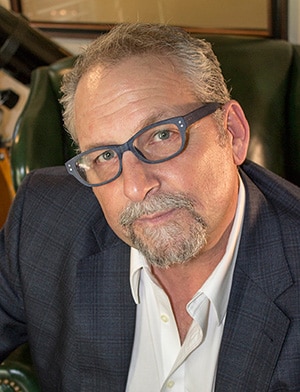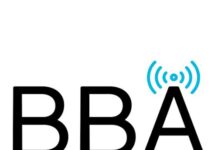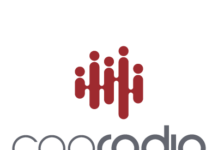
(By Paul Weyland) Have you ever hosted a party and later had to deal with the last person to leave? I have. Not pleasant. You’re worn out and it’s time to get back to work and clean up, but that person is still there, taking up space and not helping. Unfortunately, the same thing occurs in business meetings. When it’s time to leave, it’s time to leave. In fact, the longer you stay, the better chance that something will go seriously wrong, for you.
When to leave a meeting is a sense that some people have naturally. Others, not so much. A friend of mine forwarded a post that someone wrote about a big buy that went south, even after the client had initially said yes. The problem was that one of the salespeople on the call wouldn’t shut up. She got so excited about what she was selling that she extended the length of the meeting by nearly an hour. She was so wrapped up in details that she never noticed the panicked expressions on the faces of her teammates. In the end the client, besieged with too much information, declined the offer. The lesson? One person’s enthusiasm turned into a disaster for the rest of the team.
I have found myself in a similar situation on more than one occasion. In one case, I was pitching the media buyer for a large soft-drink account. He said yes to my proposal to buy all of our stations. I got up to shake his hand and leave, but my sales manager, who accompanied me on the call, insisted on showing the client reams of additional ratings data and color graphs. Again, I tried to leave, but my sales manager wouldn’t stop talking (he had spent a lot of time on his presentation and he wanted to pontificate on every page). Suddenly, he showed a graph that illustrated a demographic weakness with one of our stations. The client changed his mind and decided not to buy that station. I was livid, as it cost me 30 percent of the original buy.
Another time, as a very new seller, I was pitching the owner of a local office-products business. I showed him three proposals, high, medium, and low. To my surprise, he opted for the biggest schedule. I remember thinking that I should leave now, but instead, I engaged him in further conversation. In the middle of a story, he cut me off and said he’d feel more comfortable with the medium-sized package. Instead of leaving at that point, I stayed, thinking that perhaps I could get him to change his mind. Well, he did. While I was talking, he talked himself into taking the smallest proposal. I finally got out with what was left of my original proposal and with my tail between my legs. Had I stayed longer, I would have probably wound up owing him make-goods and a free remote.
Those two very expensive lessons taught me this. When the client says yes, it’s time to get up and leave, because buyer’s remorse sets in quickly. To heck with the rest of your proposal. Get up and leave. For your own good, and as a show of respect for your client’s time.
I learned something valuable early on from a real pro. He told me that he never stays with a client for longer than 30 minutes. And he sticks to that, he says, for two reasons. One, he’s respectful of the client’s time. Two, he sees a lot of people in the course of a day and his appointment schedule is tight. In fact, he arranges his schedule with his self-imposed 30-minute timetable for each client in mind, plus travel time. I follow that advice.
What’s the best way to exit a client meeting? Good sellers always seem to have their own strategies. Me? Once I’m sure that things are wrapped up, I’ll stand up, glance at my watch, and say, “It’s getting late. Thank you for your time. I’m going back to the station now, so I can lock these dates and production times in for you.”
And then you leave. Right then. No joking around, no long goodbyes. Or you might say, “I know how busy you are. Thank you for your time and thank you for your business. I’m headed back to the station, so I can take care of this for you immediately.” And then you leave. Have some respect for your client’s time. And have some respect for yourself.
In these cases, quitting while you’re ahead isn’t quitting.
Paul Weyland helps broadcast stations sell more longterm local direct business. Reach him at paulweyland.com or call 512.236.1222.





